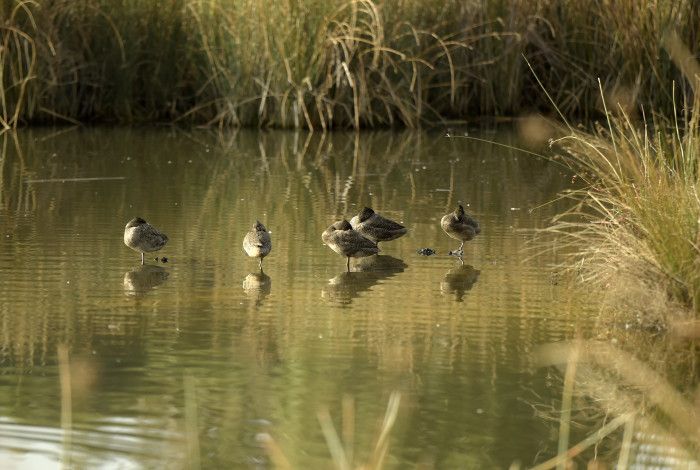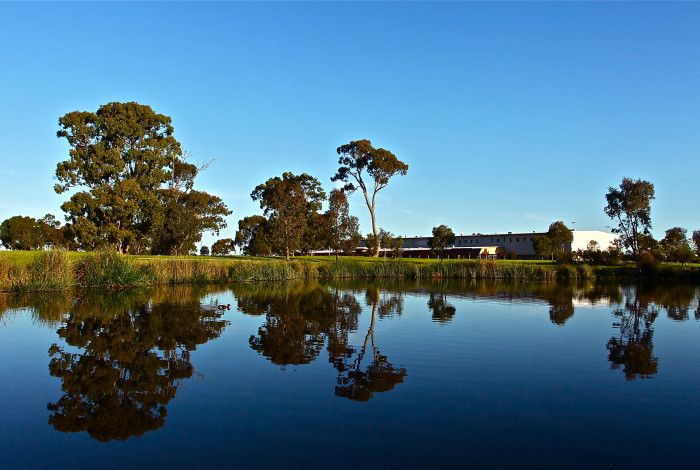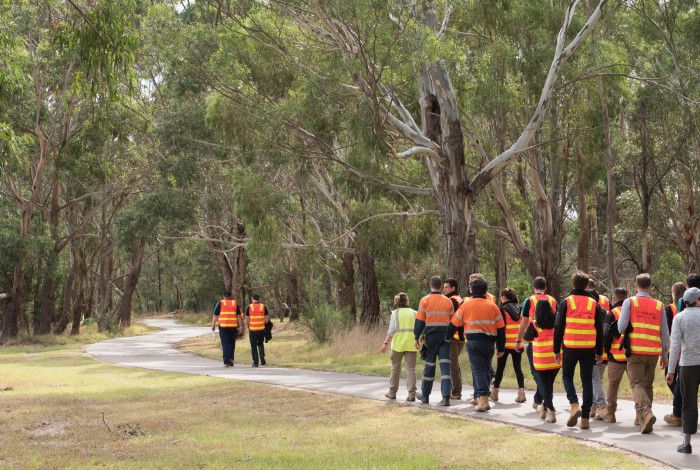A raingarden is a garden bed that is specially designed to improve the health of our waterways. That is, it mimics the pre-urbanisation water cycle, to filter and treat stormwater flows.
Why do we need raingardens?
When it rains, water is washed off our roofs, driveways and roads, and runs to our rivers and creeks. We call this water ‘stormwater’.
On its way to our rivers and creeks, the stormwater picks up lots of litter and harmful pollutants like oil, chemicals and animal droppings. After heavy rainfall, the volume and speed of the stormwater can also erode river beds and banks.
This is a problem for the fauna and flora that live in our waterways, as it damages the quality and structure of their habitat.
How do raingardens work?
When it rains, water is directed into the raingarden from a nearby hard or sealed surface, such as a road, driveway or roof.
As water collects in the raingarden, the first step is to slow down its flow rate. This allows litter and coarse sediment to be filtered and left behind on the surface.
As the water begins to soak into the ground, the second step is to treat it. This is done by the soil and plant roots, which work together to naturally filter the water to remove finer sediment, toxins and pollutants. The water then enters the stormwater drain system through a pipe below the soil.
This video by Melbourne Water briefly explains what raingardens do and how they work.
Raingardens in Greater Dandenong
Council has installed a number of Water Sensitive Urban Design (WSUD) mechanisms to slow and improve the quality of stormwater entering our rivers and creeks. This includes Gross Pollutant Traps (GPT), swales, sediment basins, wetlands, raingardens and tree pits.
The first raingardens were built in the early 2000’s in Keysborough. Since then, Council has installed more than 40 raingardens and 120 tree pits throughout the municipality.
Funded through the Victorian Government’s Litter Hotspots Program, Council has also developed a raingarden symbol to identify functioning raingardens. When residents and visitors to Greater Dandenong see this symbol, they will be able to access more information.
Types of raingardens (bio-retention systems)
In Greater Dandenong there are a number of different types of raingardens. These include:
In-ground
These are positioned below the ground level to collect stormwater from hard surfaces such as roads, footpaths or a diverted roof downpipe. Stormwater filters through the raingarden before connecting to the stormwater system below.Tree pit
These small raingardens, which contain a single tree, capture stormwater runoff from hard surfaces such as roads and footpaths. In addition to cleaning the stormwater, tree pits also provide passive irrigation for the tree, reducing the need for manual watering.Infiltration or vegetated swale
These gravel filled trenches, which may be planted, are positioned in the ground to collect stormwater from hard surfaces or a diverted roof downpipe. Stormwater filters through the raingarden and penetrates into the surrounding soil. In addition to cleaning the stormwater, this type of garden also provides passive irrigation for an extended area or grass or garden, reducing the need for manual watering.
Building your own raingarden
Raingardens are easy to design and build. Both you and the environment can benefit from building a raingarden in your own backyard!
Once established, raingardens:
- are an attractive addition to your garden
- are easy to maintain
- are water saving, especially if planted with native, drought tolerant plants
- help reduce the rate and amount of stormwater that enters rivers and creeks after heavy rainfall
- help filter sediment from stormwater before it enters our rivers and creeks
- help treat nutrients from stormwater before it enters our rivers and creeks.
To find out more on how to build your own raingarden, check out the guides on the Melbourne Water website.



